Why Test In Florida?
Florida has high-intensity sunlight, high year-round temperatures, high annual rainfall, and high humidity. When combined, these factors create the harsh climate that makes Florida the ideal location for testing exterior durability. Q‑Lab Florida, located south of Miami, is located in the only true subtropical region in the continental United States, and has more specimens on test than any other outdoor weathering facility in the world. We offer natural outdoor exposure testing, accelerated laboratory testing, and specimen evaluation services at Q‑Lab Florida.
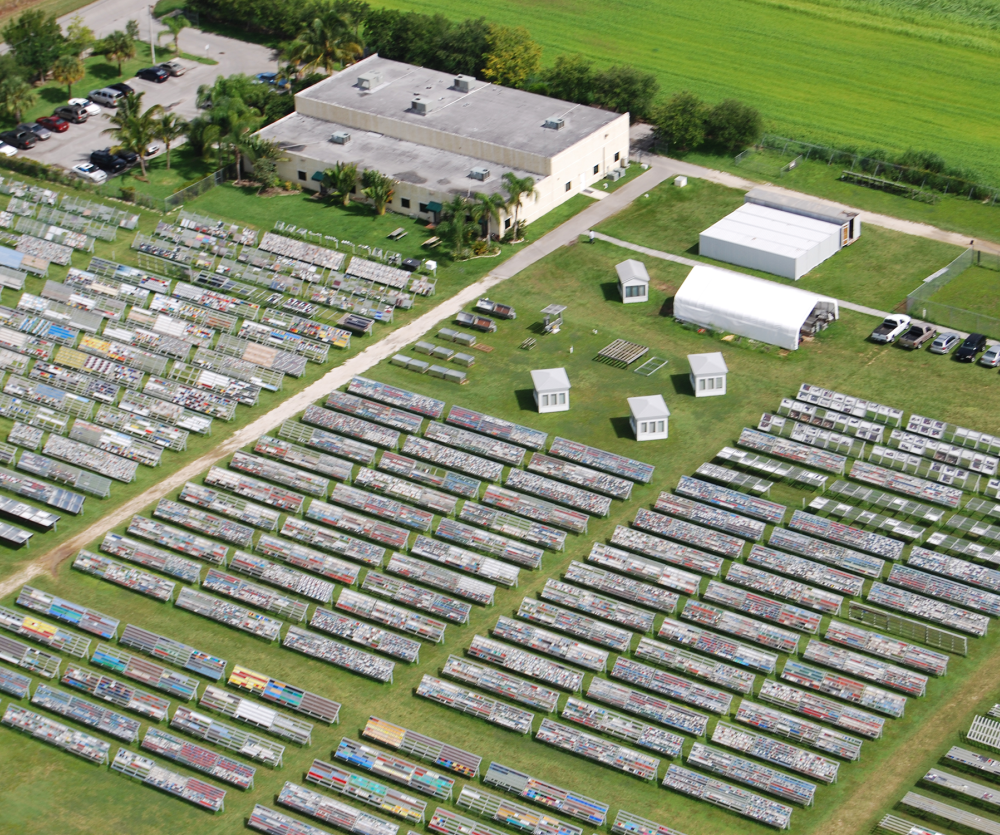
Florida is the Subtropical Benchmark
Florida is the internationally-recognized benchmark location for outdoor exposure testing. One year of Florida sunshine can equate to several years of weathering elsewhere. The synergistic effect of UV, moisture, and heat makes South Florida the ideal location for testing durability of materials in outdoor environments. This climate has been proven especially useful for a variety of materials durability testing, including:
- Color change, fading, and gloss loss
- Cracking, peeling, chalking, and blistering
- Mechanical strength loss and physical deterioration
- Moisture sensitivity of products like coatings, building materials, and some plastics
- Biodegradation, including mold, mildew, fungus, and algae
- Accelerated corrosion testing
Florida Weathering Exposure Techniques
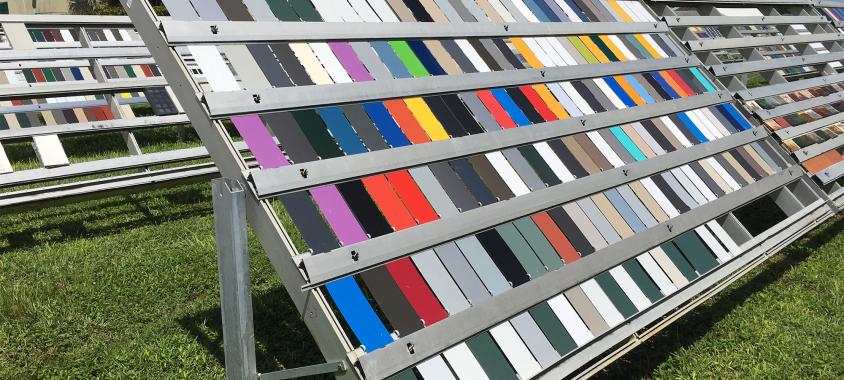
Direct Exposure
Direct exposures are used to test many exterior-use materials, such as industrial coatings. Specimens are securely mounted with their front surface facing the sun. Different exposure angles and mounting methods are used for different applications.
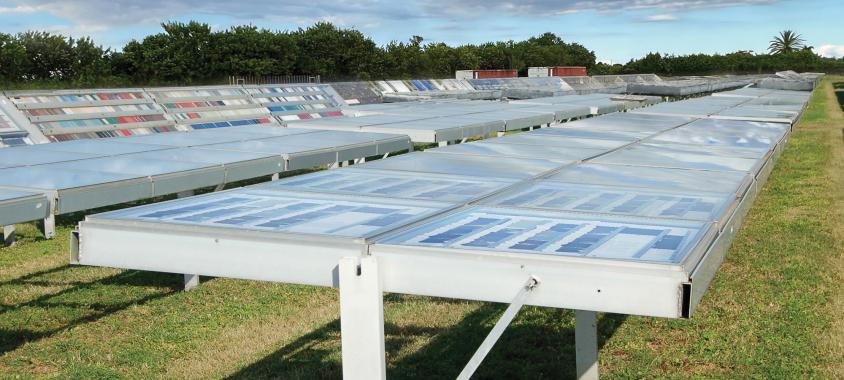
Under Glass
These exposures are used to test interior-use materials, such as textiles and printing inks. Specimens are behind 3 mm clear window glass, which will filter out short-wave UV. Exposures are typically at 45°.
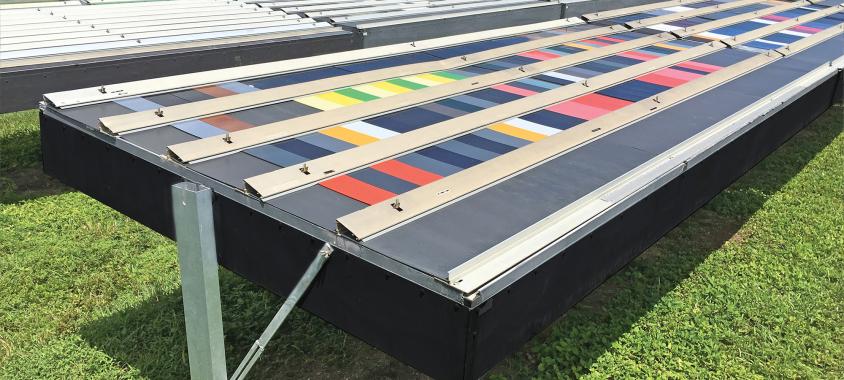
Black Box
These tests reproduce conditions found on the horizontal surfaces of a vehicle, including higher temperatures and longer wet times. Under glass black box exposures are used to test interior automotive materials.
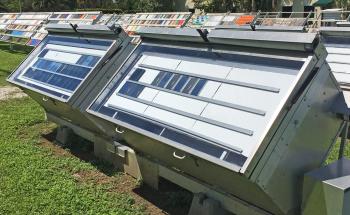
AIM Box (Automotive Interior Materials)
These under glass exposures simulate the environment inside an automobile and are suitable for mounting larger components like dashboards. Some AIM boxes in Florida feature solar tracking. Read our AIM Box specifications for more information.
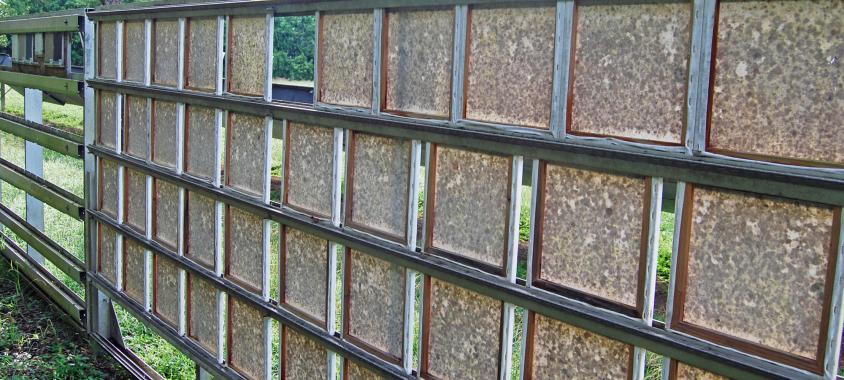
Mildew Tests
In this Florida exposure, panels are typically positioned at 90° and facing north to reduce sunlight, decrease surface temperatures, and increase moisture. In addition, specimens may be placed near or under vegetation to promote growth.
Why Test in Arizona?
Arizona has a hot, dry, high-UV radiation environment, well-suited to weathering of materials susceptible to harsh desert conditions. Q-Lab Arizona Desert Testing ranks among the largest desert exposure facilities in the world. Located 35 miles northwest of Phoenix in Wittmann, our facility is far from automotive, industrial, or agricultural pollution. We offer natural outdoor exposure testing, Q-TRAC natural sunlight concentrator testing, AIM box testing, and specimen evaluation services at Q-Lab Arizona Desert Testing.
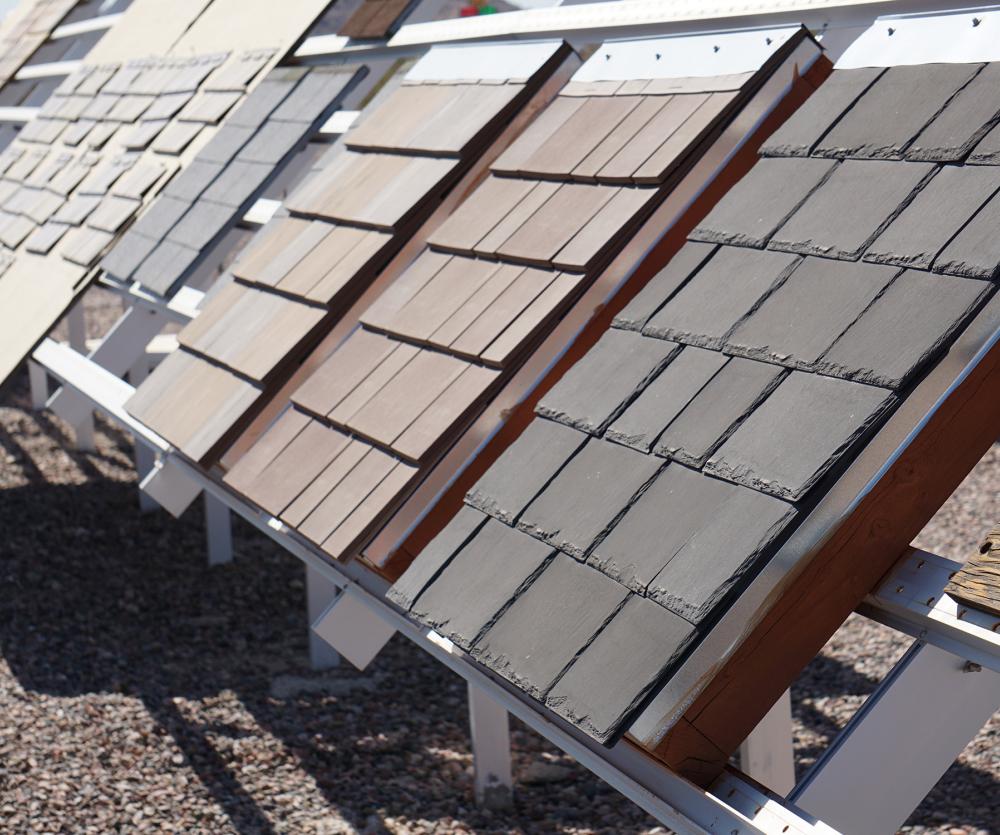
Arizona Is the Desert Benchmark
Arizona is an internationally-recognized benchmark location for outdoor weathering exposures. Compared with Florida, the Arizona test site offers about 20% more sunlight, higher annual temperatures, and lower humidity. During the summer, the air temperature may reach 115 °F (46 °C). A black-colored specimen may reach over 160 °F (71 °C).
This combination of high levels of UV and extremely high temperatures makes Arizona the ideal location for testing highly-durable materials that may not fail elsewhere. This extreme climate has been proven especially useful for certain types of testing and materials, including:
- Mechanical strength loss and physical deterioration of plastics
- Thermal expansion effects and CTE mismatches
- Maximum service temperature studies
- Color change, fading, and gloss loss
- Cracking, warping, and heat aging of automotive components and signage
Arizona Weathering Exposure Techniques
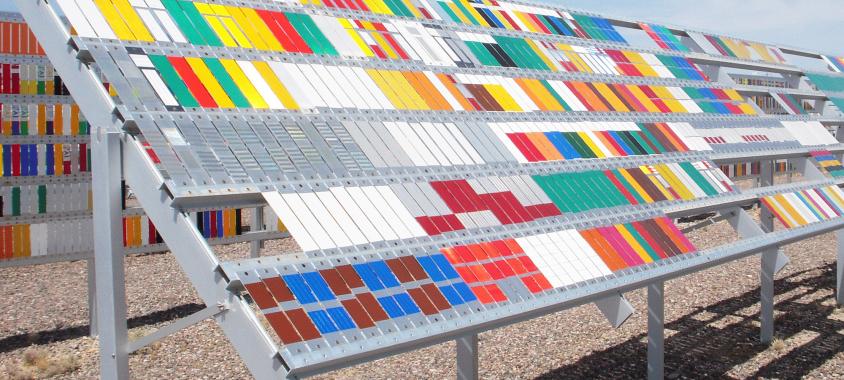
Direct Exposure
Direct exposures are used to test many exterior-use materials, such as industrial coatings. Specimens are securely mounted with their front surface facing the sun. Different exposure angles and mounting methods are used for different applications.

Under Glass
These exposures are used to test interior-use materials, such as textiles and printing inks. Specimens are behind 3 mm window glass which will filter out short-wave UV. Exposures are typically at 45 °.
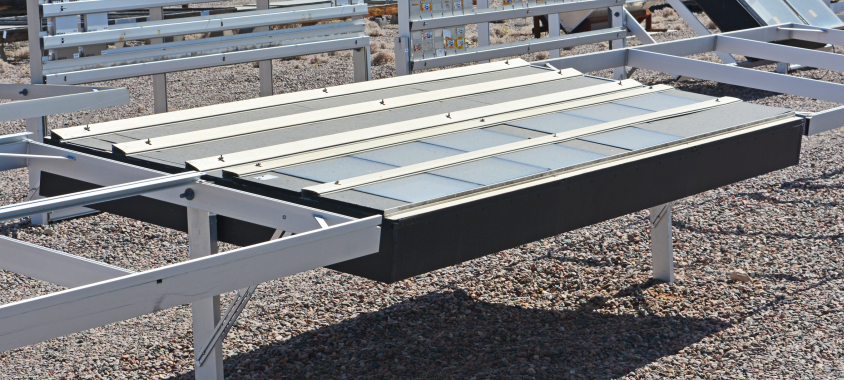
Black Box
Tests reproduce the higher temperatures found on the horizontal surfaces of a vehicle. Under glass black box exposures are used to test interior automotive materials.
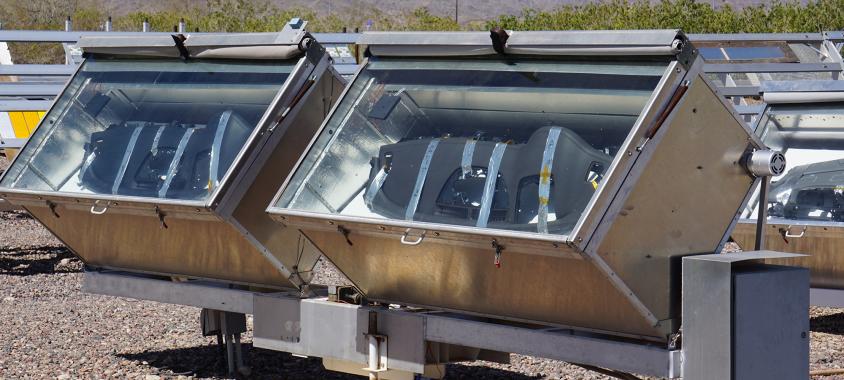
AIM Box (Automotive Interior Materials)
These under glass exposures simulate the environment inside an automobile and are suitable for mounting larger components like dashboards. Some AIM boxes in Arizona feature solar tracking, both azimuthal and vertical. Read our AIM Box specifications for more information.
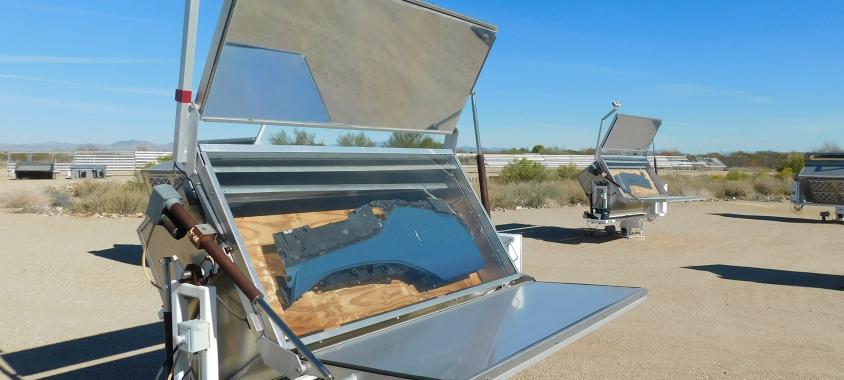
TRUE-AIM Box (Tracking Reflecting Ultra Exposure)
TRUE-AIM boxes feature dual-axis (azimuth and elevation) solar tracking, and a set of reflecting mirrors for enhanced solar exposure. Specimens in TRUE-AIM boxes receive ~120% more radiation than single-axis azimuth tracking alone, to achieve results faster. Read our AIM Box specifications for more information.
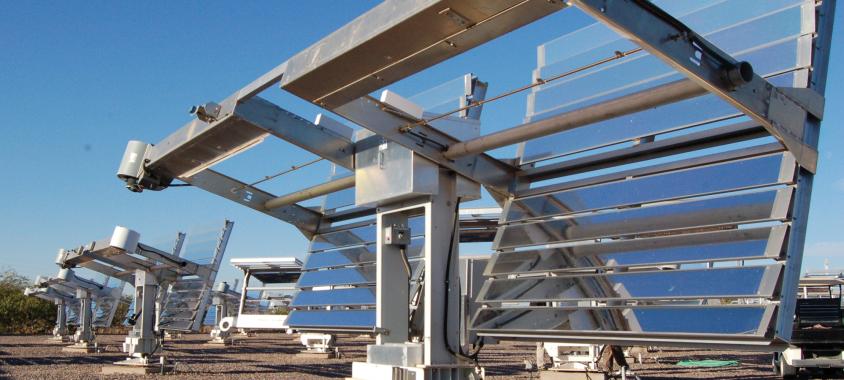
Q‑TRAC Natural Sunlight Concentrator
Q‑TRAC solar concentrators are accelerated outdoor weathering testers that use an array of 10 mirrors to reflect and concentrate full-spectrum sunlight onto test specimens. The Q‑TRAC system automatically tracks the sun throughout the day in both azimuth and elevation. The combination of mirrors and tracking maximizes the amount of exposure that your test specimen receives. Read our Q-TRAC specifications for more information.
Why Test in Ohio?
Q-Lab has an accredited outdoor testing facility located at our headquarters in Westlake, Ohio, exposing materials to a Northern Temperate climate.
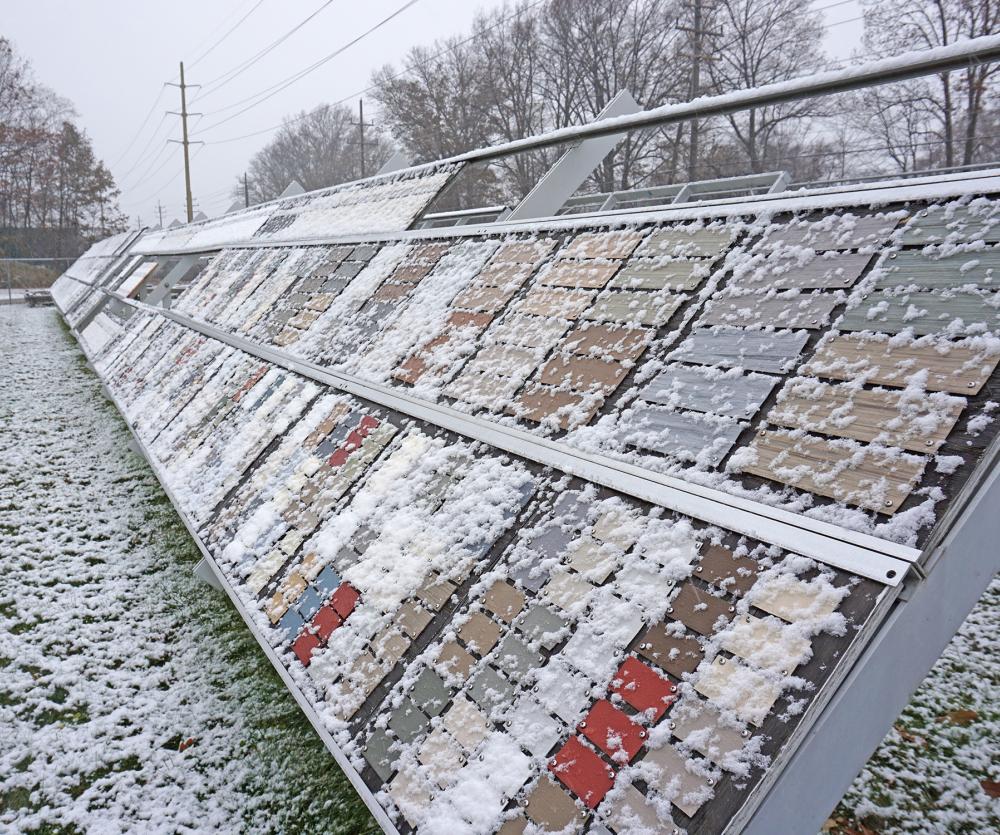
Northern Temperate Climate Testing
Northeast Ohio has a Northern Temperate climate, meaning it experiences four true seasons during the year. Outdoor specimens are subject to a range of exposures to UV light, temperature, and water, including regular freeze/thaw cycles during the winter. Although Northeast Ohio testing will generally not attain the acceleration of natural outdoor testing in Florida or Arizona, it does deliver conditions experienced by much of the population of the United States and the rest of the world.
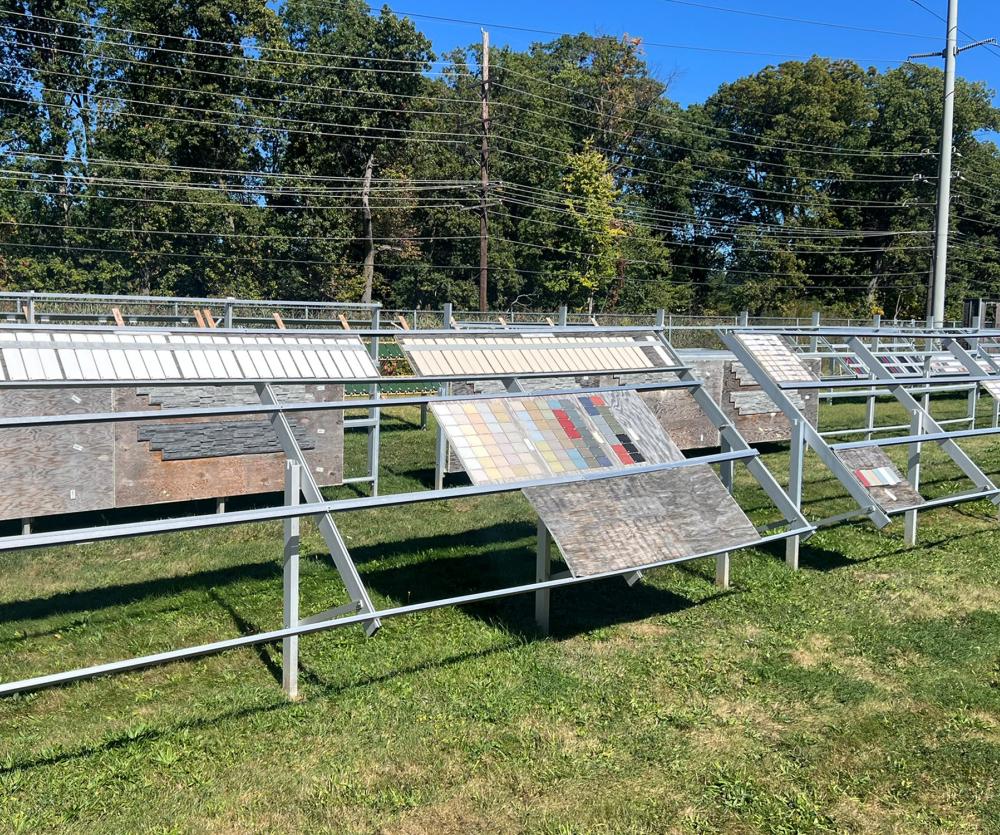
Industry Benchmarking with Northern Temperate Sites
Some industries include a benchmark Northern Temperate climate in their certification programs, in addition to Florida and Arizona, to ensure a fully comprehensive program for natural weathering. Ohio is ideal for meeting these requirements.
Florida & Arizona Natural Outdoor Testing Services Resources
Industries and Applications
Learn about the broad range of industries and applications for which weathering testing is critical.
Document Library
Browse Q-Lab’s extensive library of weathering testing literature and technical content.
Standards
Review setup and performance information on key international and OEM test standards from ASTM, ISO, SAE, JIS, GB, and more.